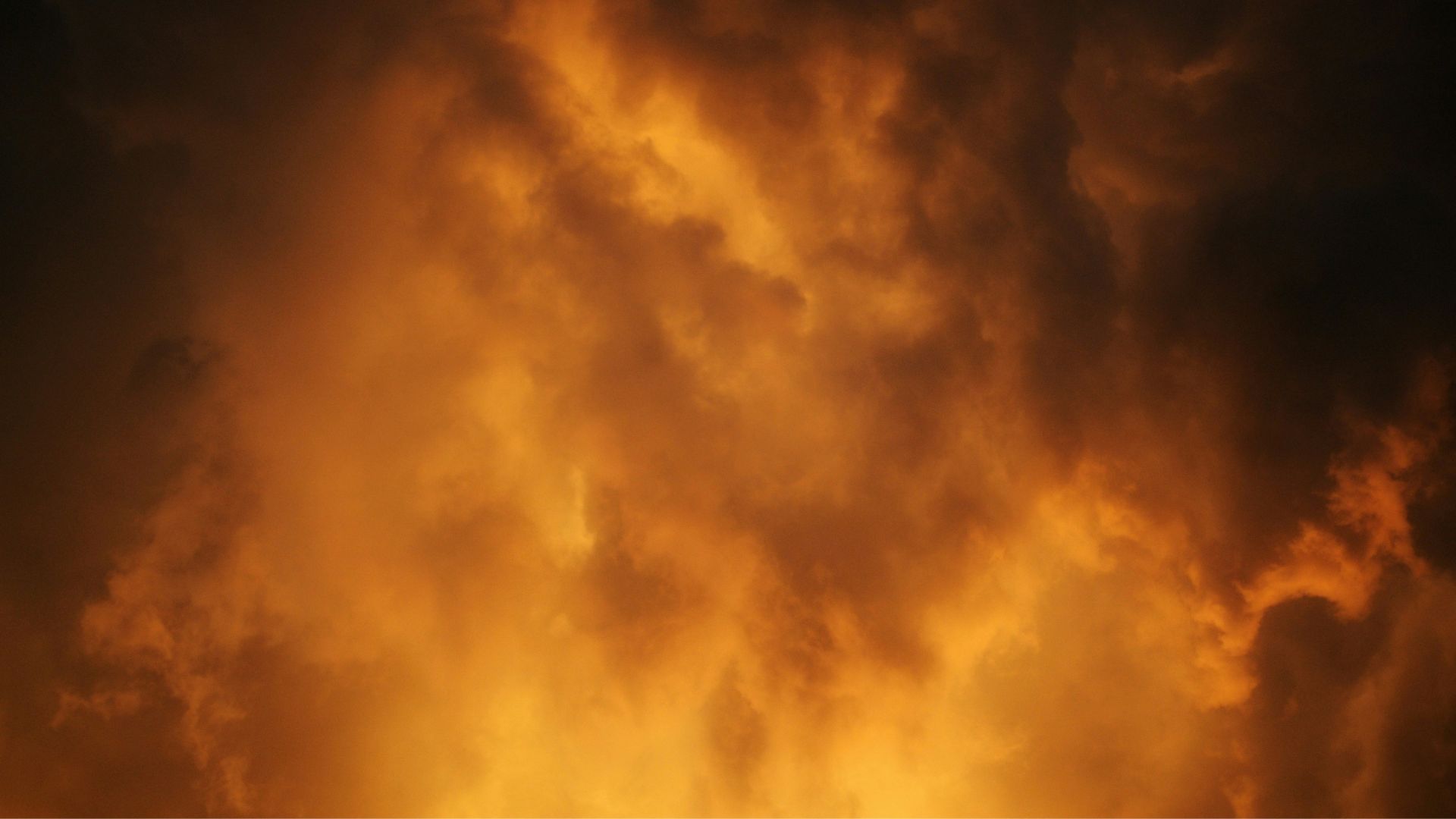In the California Sierra Nevada region, increased fire activity over the last 50 years has only occurred in the higher-elevation forests on US Forest Service (USFS) lands, and is not characteristic of the lower-elevation grasslands, woodlands and shrublands on state responsibility lands (Cal Fire). Increased fire activity on USFS lands was correlated with warmer and drier springs. Although this is consistent with recent global warming, we found an equally strong relationship between fire activity and climate in the first half of the 20th century. At lower elevations, warmer and drier conditions were not strongly tied to fire activity over the last 90 years, although prior-year precipitation was significant. It is hypothesised that the fire–climate relationship in forests is determined by climatic effects on spring and summer fuel moisture, with hotter and drier springs leading to a longer fire season and more extensive burning. In contrast, future fire activity in the foothills may be more dependent on rainfall patterns and their effect on the herbaceous fuel load. We predict spring and summer warming will have a significant impact on future fire regimes, primarily in higher-elevation forests.Lower elevation ecosystems are likely to be affected as much by global changes that directly involve land-use patterns as by climate change.
Different fire-climate relationships on focused and non-forested landscapes in the Sierra Nevada ecoregion


